
Bajaj Pulsar N160 vs Hero Xtreme 160R 4V | Which one is the 160cc...
- Aug 25, 2023
- Views : 6220

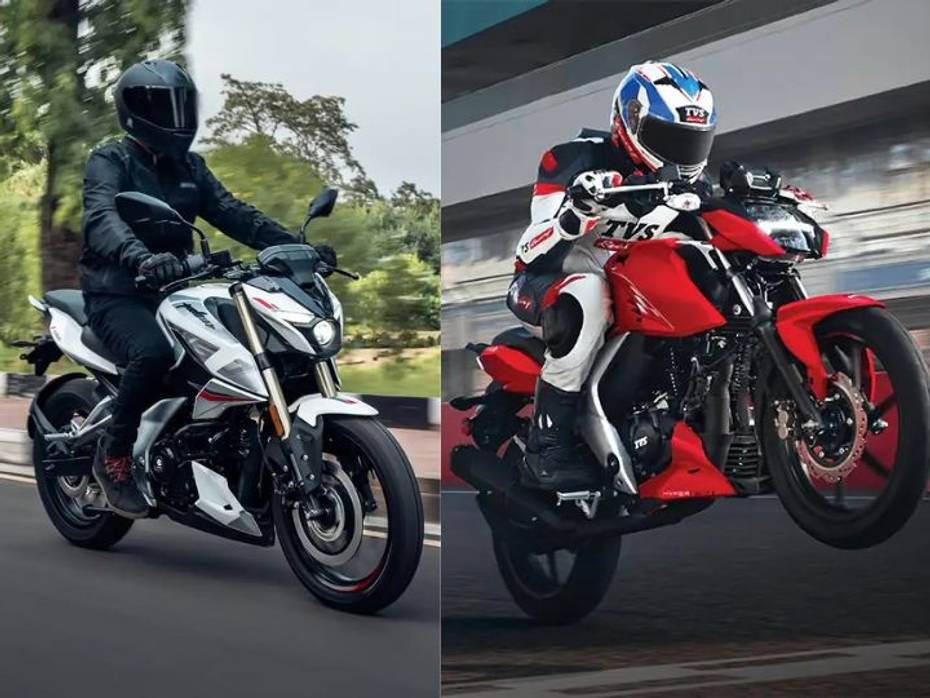
- A detailed comparison between the Bajaj Pulsar N160 and the TVS Apache RTR 160 4V
- Design, engine, underpinnings, features and prices compared
- A verdict on which bikes is the one for you
Bajaj Auto has recently added a new (top) variant to the Bajaj Pulsar N160 and it gets an inverted fork and turn-by-turn navigation among other updates. This makes the bike now more equipped to compete with the TVS Apache RTR 160 4V. Let's take a look at how they fare against each other, on paper:
The styling of the Bajaj Pulsar N160 is more muscular compared to that of the TVS Apache RTR 160 4V. It gets beefy yet clean design lines that give the bike a commanding road presence. The RTR 160 4V’s is aggressive as well but the design lines are way sharper and the fang-like headlight design immediately makes it stand out on the road.
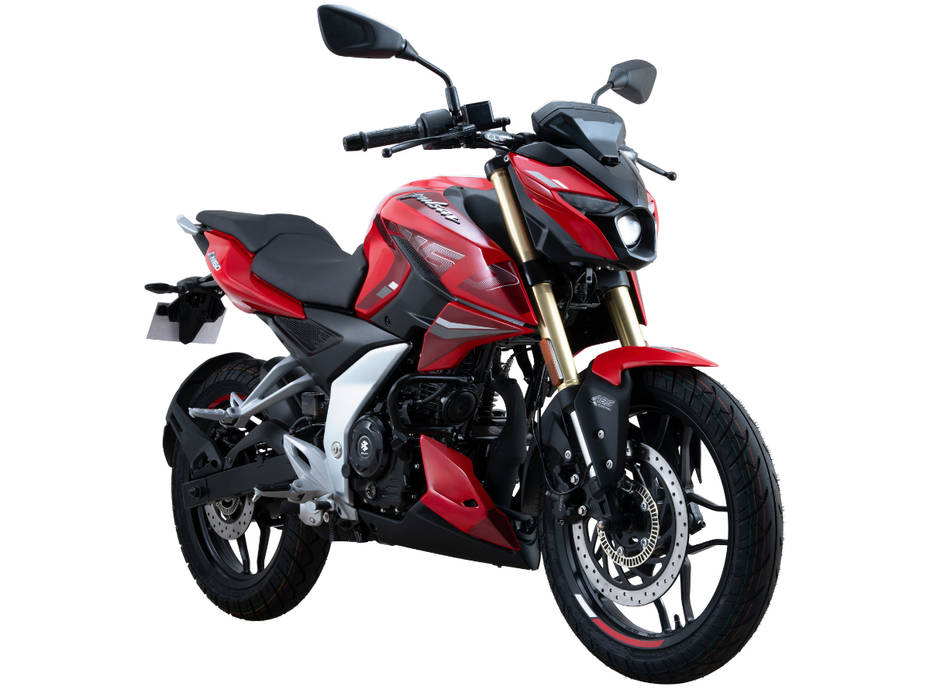
Interestingly, both the Pulsar N160 and the RTR 160 4V look very similar to their respective bigger capacity siblings, the Bajaj Pulsar N250 and the TVS Apache RTR 200 4V. We’d have liked it if they had a proper visual distinction. All said and done, the Pulsar N160 has a hint of maturity with its clean lines whereas the Apache looks more in-your-face.

|
Bajaj Pulsar N160 |
TVS Apache RTR 160 4V |
|
|
Engine |
164.82, single-cylinder, air-/oil-cooled |
159.7cc, single-cylinder, air-/oil-cooled |
|
Peak Power |
16PS at 8750rpm |
17.5PS at 9250rpm (Sport mode), 15.64PS at 8600rpm (Urban/Rain) |
|
Peak Torque |
14.65Nm at 6750rpm |
14.73Nm at 7250rpm (Sport), 14.14Nm at 7250rpm (urban/Rain) |
|
City Mileage (Tested) |
59.11kmpl |
47.61kmpl |
|
Highway Mileage (Tested) |
44.38kmpl |
49.80kmpl |
|
Gearbox |
5-speed |
5-speed |
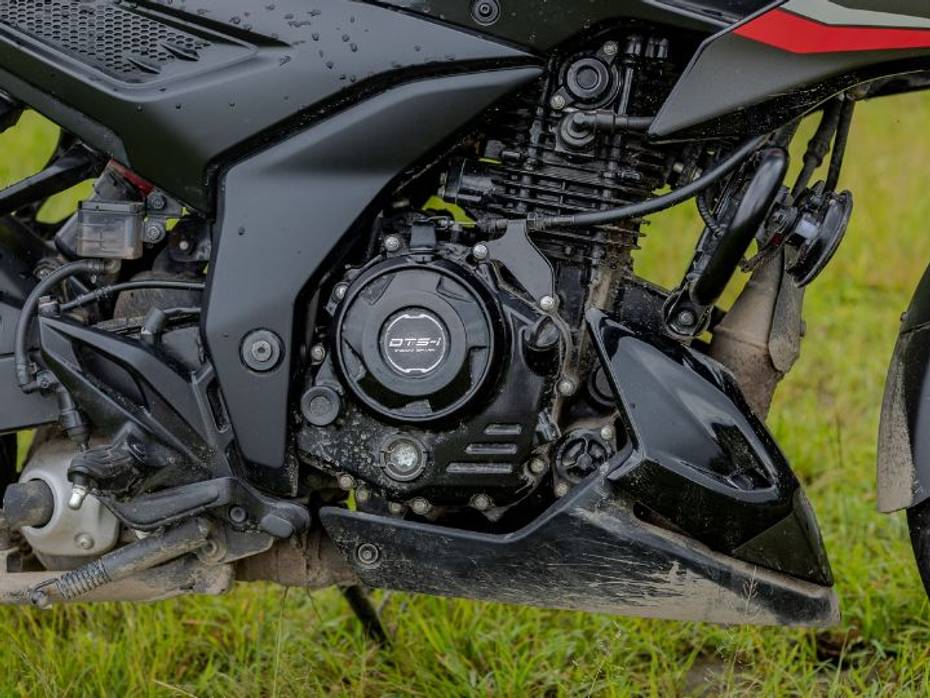
the automobile community
The Bajaj Pulsar N160’s motor gets better bottom-end grunt which makes it easier to ride in the city compared to the Apache RTR 160 4V. The wide powerband allows you to ride at slow speeds in a higher gear, making your daily commutes much easier. The RTR 160 4V has great top-end performance, which enables it to handle highway speeds with ease. This is also evident from the fact that, during our tests, the Pulsar N160 produced a better mileage output in the city while the RTR 160 4V produced better results on the highway.
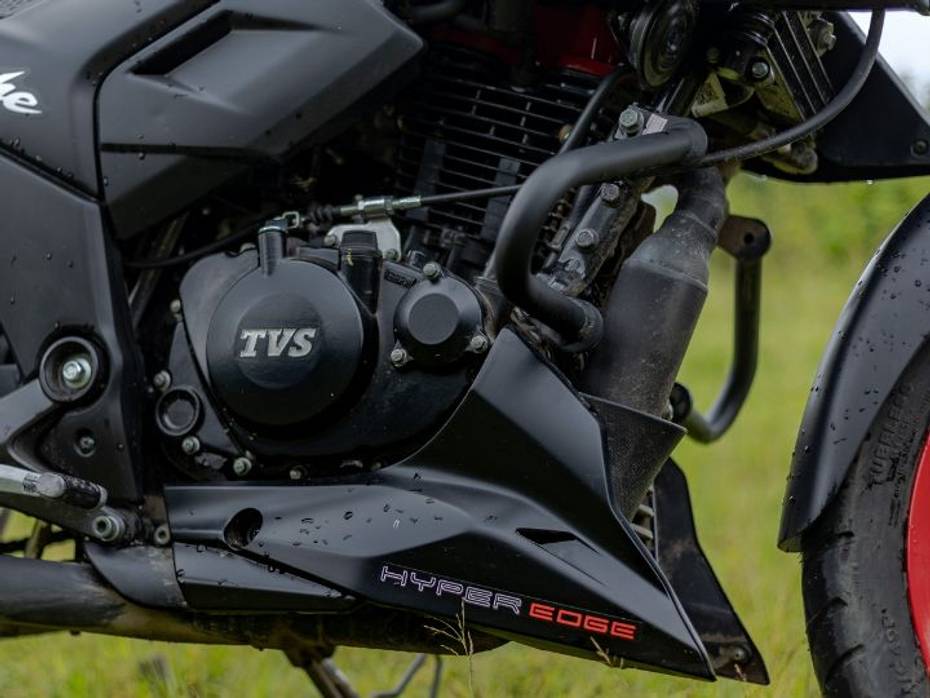
|
Bajaj Pulsar N160 |
TVS Apache RTR 160 4V |
|
|
Front Suspension |
Inverted fork |
Telescopic fork |
|
Rear Suspension |
Monoshock |
Monoshock |
|
Front Brake |
300mm round disc brake |
270mm petal disc brake |
|
Rear Brake |
230mm round disc brake |
200mm petal disc brake |
|
Front Tyre |
100-section tubeless tyre with 17-inch alloy wheel |
90-section tubeless tyre with 17-inch alloy wheel |
|
Rear Tyre |
130-section tubeless tyre with 17-inch alloy wheel |
130-section tubeless tyre with 17-inch alloy wheel |
|
ABS |
Dual-channel ABS |
Dual-channel ABS |
|
Fuel Tank Capacity |
14-litres |
12-litres |
|
Ground Clearance |
165mm |
180mm |
|
Seat Height |
795mm |
800mm |
|
Kerb Weight |
154kg |
146kg |

The Bajaj Pulsar N160 feels quite agile in the city and is fun around corners too. But comparatively, the TVS Apache RTR 160 4V’s chassis makes the bike feel more nimble and quick direction changes are much easier. It tips into corners more easily and remains stable all the way, giving you ample confidence to go through the corner without breaking a sweat. Regarding the brakes, the 160 4V’s petal disc brakes offer great initial bite but the feedback from the Pulsar N160’s levers is more precise.

The Pulsar N160’s upright riding stance along with a more spacious and better cushioned seat makes long duration commutes a hassle-free affair. The RTR 160 4V’s Showa-tuned suspension setup is more plush and absorbs bumps and potholes in a much more composed manner. The addition of the more sophisticated inverted fork in the N160 should be an improvement over the base variant’s stiff telescopic fork and monoshock setup. But we’ll reserve our final judgement once we test the updated bike.
The Bajaj Pulsar N160 gets an LCD instrument console with Bluetooth connectivity for call and SMS alerts, phone battery status and signal indicator along with turn-by-turn navigation. It shows speedometer, odometer, tachometer, gear position indicator, distance to empty, average speed and other regular readouts. The left-side switchgear is revised with a dedicated button for navigating through the console’s menus. The streetfighter also comes with three ABS modes: Road, Rain and off-Road, which modulate the ABS sensitivity accordingly. It also gets a tank-mounted USB charging port.
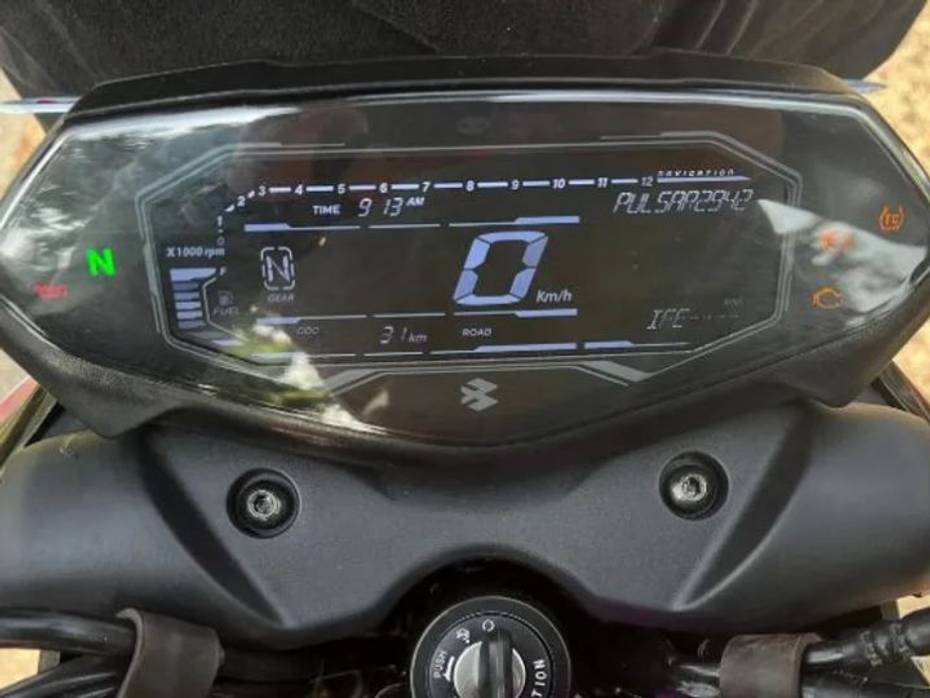
The TVS Apache RTR 160 4V gets a fully-digital LCD instrument console that shows speedometer, odometer, trip meter, tachometer, fuel gauge, average speed, clock and gear position indicator readouts. It comes equipped with Bluetooth connectivity for call and SMS alerts and turn-by-turn navigation through the “TVS SmartXonnect” app, which also shows race telemetry details like lean angles, gear shift pattern and G-forces. Lean angles and G-forces are shown using the phone’s sensors and accelerometer. It also gets voice assistance but an external Bluetooth helmet-mounted communication device will be required to use this feature. The three riding modes: Sport, Urban and Rain modulate the engine output along with the ABS sensitivity and the bike also gets a dedicated switch for the navigation like the Bajaj bike. As far as the features are concerned, the Apache has the upper hand.
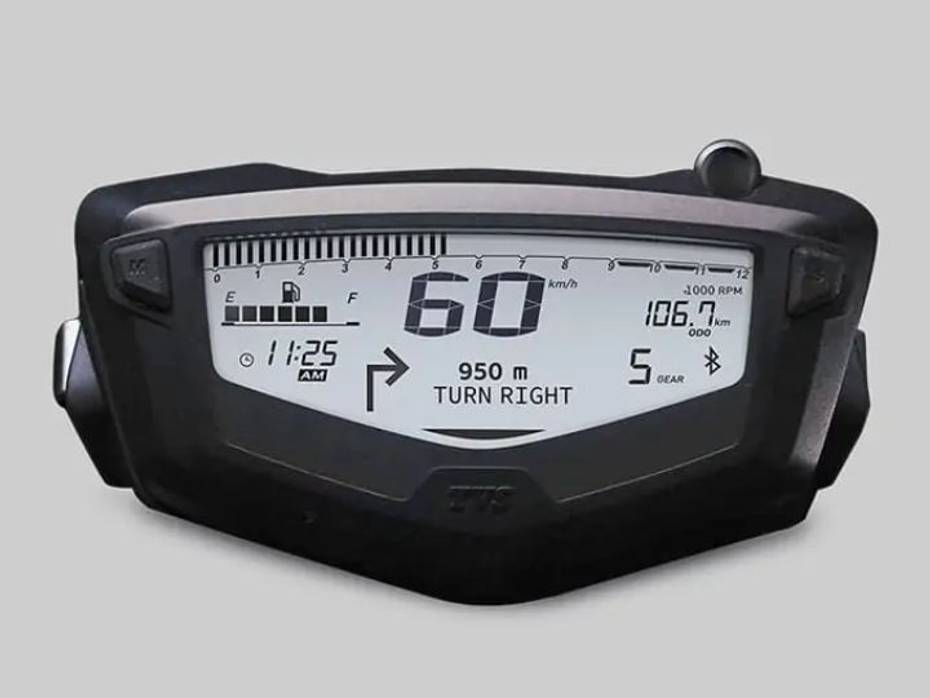
While we are only comparing the top-end variants of the two bikes for this article, here are the variant-wise prices of both motorcycles:
|
Variants |
Bajaj Pulsar N160 Prices (ex-showroom New Delhi) |
|
Dual-Channel ABS |
Rs 1,33,408 |
|
Dual-Channel ABS With Inverted Fork |
Rs 1,39,693 |
|
Variants |
TVS Apache RTR 160 4V (ex-showroom New Delhi) |
|
Drum |
Rs 1,24,870 |
|
Drum (Black Edition) |
Rs 1,24,870 |
|
Disc |
Rs 1,28,370 |
|
Bluetooth Disc |
Rs 1,31,670 |
|
Special Edition |
Rs 1,33,170 |
|
Dual Channel ABS |
Rs 1,38,670 |
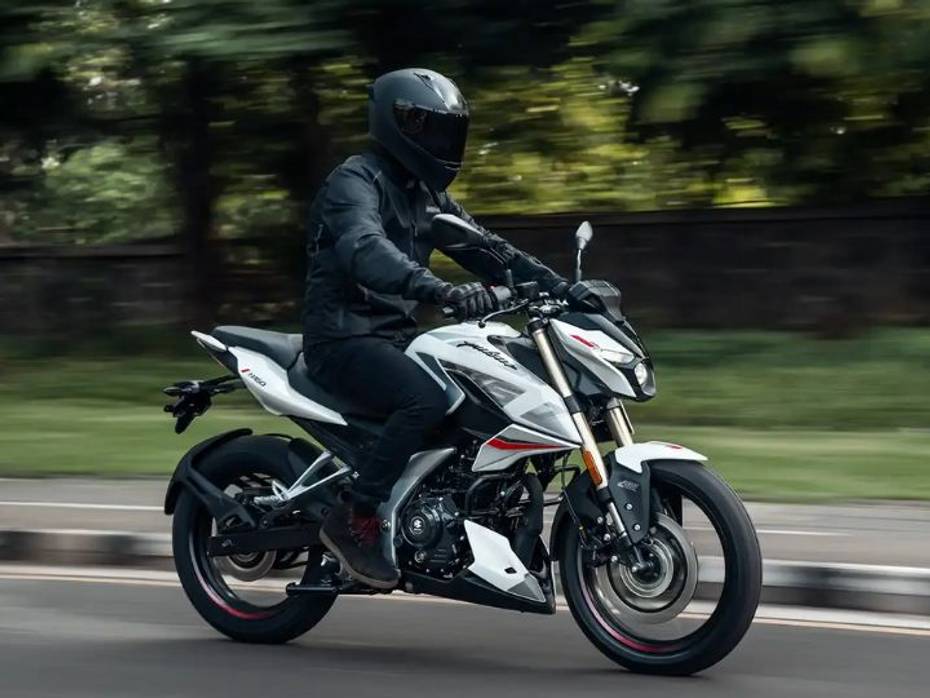
As we can see, the Bajaj Pulsar N160’s inverted fork variant is only Rs 1,023 more expensive than the dual-channel ABS variant of the TVS Apache RTR 160 4V. Picking between the two bikes basically comes down to deciding upon what kind of sportiness suits you better. If you want a sporty 160cc bike that will mostly be used in the city and has the capability of delivering exciting performance during those occasional highway runs, then the Bajaj Pulsar N160 is the one for you. On the other hand, if you want a feature-rich bike that likes to be ridden in a spirited manner all the time and you are planning to have fun on the mountain twisties quite often, the TVS Apache RTR 160 4V ticks all the right boxes.
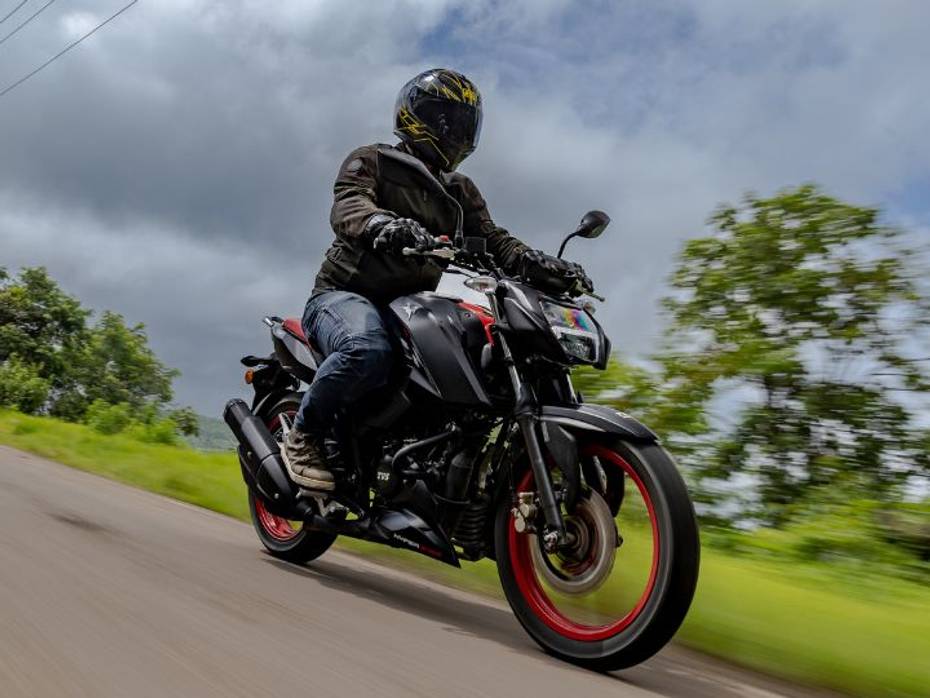
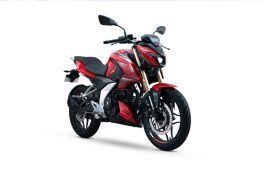

Bajaj Pulsar N160 vs Hero Xtreme 160R 4V | Which one is the 160cc...

2024 Bajaj Pulsar N160: Top 5 Highlights

EXCLUSIVE: Bajaj Pulsar N160 With Inverted Fork Launched At Rs 1.39...

2024 Bajaj Pulsar N150 And N160 Launched With Updated Instrument...

2024 Bajaj Pulsar N160 Spied Ahead Of Launch

Updated Bajaj Pulsar N160 Spied With Inverted Fork

2023 Hero Xtreme 160R: Top Alternatives For The Same Price

Hero Xtreme 160R 4V vs TVS Apache RTR 160 4V vs Bajaj Pulsar N160:...

A Comprehensive List Of Top Sub-200cc Motorcycle Launches In India In...
 Bajaj Pulsar N150
Bajaj Pulsar N150
 Bajaj Pulsar NS160
Bajaj Pulsar NS160
 TVS Apache RTR 160 4V
TVS Apache RTR 160 4V
 Hero Xtreme 160R 4V
Hero Xtreme 160R 4V
 Honda Hornet 2.0
Honda Hornet 2.0
India's largest automotive community
 Bajaj Pulsar NS200
Rs. 1.58 Lakh
Bajaj Pulsar NS200
Rs. 1.58 Lakh
 Bajaj Pulsar 125
Rs. 83,846
Bajaj Pulsar 125
Rs. 83,846
 Bajaj Pulsar NS 125
Rs. 1.01 Lakh
Bajaj Pulsar NS 125
Rs. 1.01 Lakh
 Bajaj Pulsar NS160
Rs. 1.47 Lakh
Bajaj Pulsar NS160
Rs. 1.47 Lakh
 Bajaj Pulsar 150
Rs. 1.10 Lakh
Bajaj Pulsar 150
Rs. 1.10 Lakh
 Bajaj Chetak
Rs. 1.20 Lakh
Bajaj Chetak
Rs. 1.20 Lakh
![Bajaj Chetak [2020 - 2024] Bajaj Chetak [2020 - 2024]](https://media.zigcdn.com/media/model/2024/Sep/bajaj-chetak-2025-right-side-view_135x90.jpg) Bajaj Chetak [2020 - 2024]
Rs. 99,998
Bajaj Chetak [2020 - 2024]
Rs. 99,998